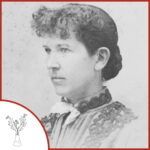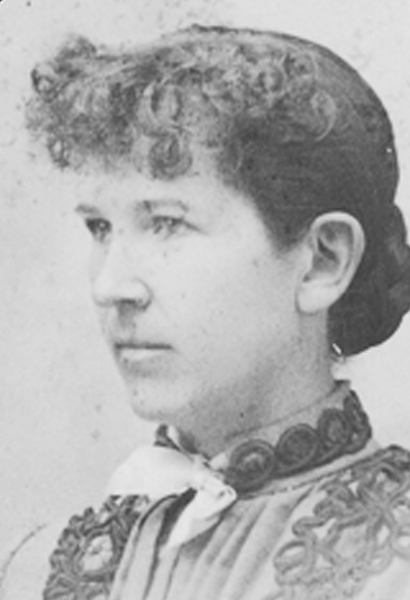

Birth: October 8, 1858
Death: January 12, 1947
Specialty: Ichthyology
Major Contributions:
Discovered the blind goby Othonops eos (originally called Typhologobius californiensis)
First woman with full membership in the San Diego Society of Natural History
First woman to attend graduate-level classes at Harvard
Considered to be the first female ichthyologist in the United States, Rosa Smith Eigenmann published her first scientific paper at the age of 22 and would go on to author or coauthor a total of 37 papers.
After her family moved to California when she was a child, she became interested in the local natural history of the area. At twenty years old she joined the San Diego Society of Natural History first as an amateur and the next year she was the first woman the be granted full membership into the society.
Around this time while exploring the dark rocky caves under San Diego’s Point Loma Peninsula she discovered schools of little, pink, blind fish, six or seven inches long about which she published her first paper, naming them Typhologobius californiensis.
When a noted ichthyologist noticed her work, she was invited to study with him, starting with a natural history European tour with other students and then two years spent at Indiana University. Unable to finish her schooling due to an illness in her family forcing her to return to California, she continued her work with fish, publishing twenty papers before her marriage to fellow ichthyologist Carl H. Eigenmann in 1887.
The two immediately began a collaborative career starting with a study of South American freshwater fishes in the collections at Harvard. In 1891 Carl became the Head of the zoology department at Indiana University and Rosa started to bear more of the burden of raising the couple’s five children, including two with special needs. The Eigenmanns published fifteen more papers and were the first to describe 150 species of fish during that career.
Invited to speak at the Smithsonian Museum in 1893 she gave a talk entitled “Women in Science” where she urged the work of women scientists to be judge with same criteria as those of their male counterparts – instead of the idea of the work being good for work done by a woman.
After her husband’s death in 1927 Rosa no longer worked in scientific fields devoting herself to her children instead. During her career, she and her husband, are credited with identifying 35 new genera and the pair were regarded as the “Eigenmann and Eigenmann authority” in the ichthyology community.
Written by Angela Goad
Sources:
Science Women: Rosa Smith Eignemann
Wikipedia: Rosa Smith Eigenmann
See Also:
Archives at Indiana University: Rosa Smith Eigenmann Papers
